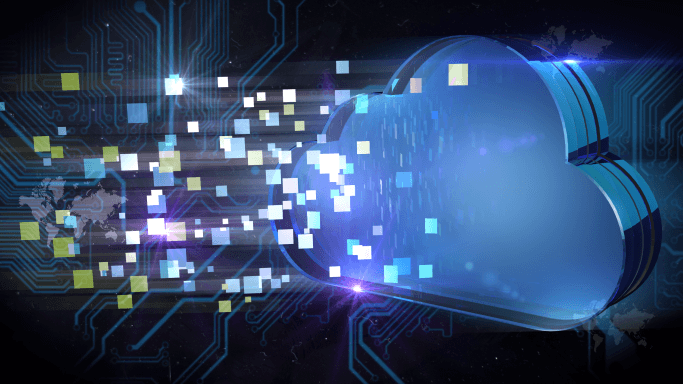The evolution of cable television and L2 Multicast
- Published on - Jan 09, 2022
-
3 mins read
-
 Total views -
Total views -
-
The television was a huge step-up in the communications world, when it came about. It offered businesses, people and governments a medium to connect with masses almost instantly. It eliminated the delay in transmission of messages from the source to the end user. Broadcast television initially focused on delivering signals via radio waves, with an antenna attached to the device to receive those signals. Cable television technology was developed to ensure that regions with poor connectivity had access to content via radio waves. Analog cable technologies, which were developed to bring television to the masses were unable to bear the burden of advancements made in television technology and a new solution was necessitated. This solution – digital transmission is what allows audiences around the world to view content from multiple networks and in full HD.
The television was a huge step-up in the communications world, when it came about. It offered businesses, people and governments a medium to connect with masses almost instantly. It eliminated the delay in transmission of messages from the source to the end user. Broadcast television initially focused on delivering signals via radio waves, with an antenna attached to the device to receive those signals. Cable television technology was developed to ensure that regions with poor connectivity had access to content via radio waves. Analog cable technologies, which were developed to bring television to the masses were unable to bear the burden of advancements made in television technology and a new solution was necessitated. This solution – digital transmission is what allows audiences around the world to view content from multiple networks and in full HD.
Why was the switch needed?
The number of options available in the market and consumer demand meant that infrastructure at the time was inadequate. Consumers of content demanded a larger range and variety of channels, and there was a need to transmit this data seamlessly over larger geographies effectively thanks to the number of televisions that had made their way into homes, offices and stores. Over long distances, the quality of the analog signal also deteriorated, resulting in a poor viewing experience for the end user.
How did digital broadcasting change customer viewing experience?
Digital transmission allowed for data to be converted into a series of 1s and 0s. This binary transmission ensured that when data arrived from the source of the transmission, it could effectively reproduce the same quality, resulting in a better viewing experience. The transmission via binary also allowed for larger quantities of data to be transmitted and decoded at the customer’s television set, allowing for increased number of channels and volume of content.
How has L2 Multicast (L2MC) taken digital broadcasting to a whole new level?
L2MC has revolutionised the way digital content is shared with end users. Video content transmission is carried out through a network link that establishes a tree, allowing for the source to be connected to multiple receivers. This ensures an improvement in broadcast efficiency as the data sent by the source is identical to the data that is at the receiver, while also resulting in bandwidth gains. It also allows for localised content to be transmitted across specific geographies with means of distribution that allows for the content to be viewed at other locations.
With continued improvements in the fields of telecommunications and wireless infrastructural capabilities improving every day, L2 Multicast is changing the way content is delivered to audiences. At the current rate of migration to digital transmission, and with the Indian government making it mandatory to switch to it in a phased manner, the future for the L2 Multicast looks bright!
You may also like
Fill in your details to get a call back
Connect With Us
Please Fill in Your Details and We'll Call You Back!
Please Fill in Your Details and We'll Call You Back!
